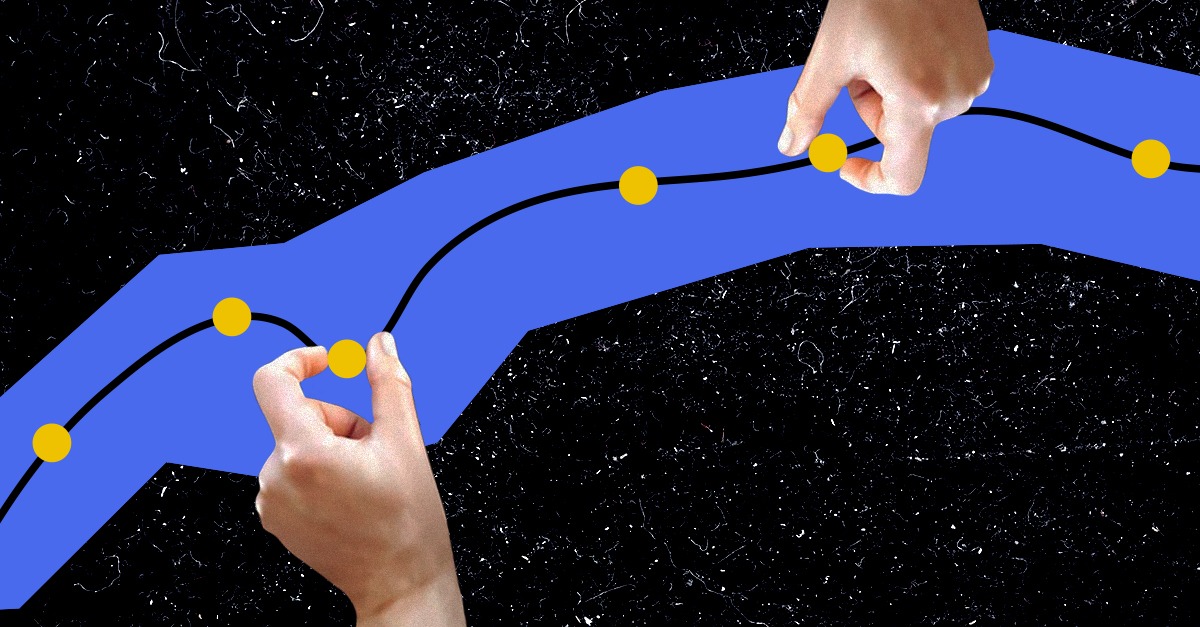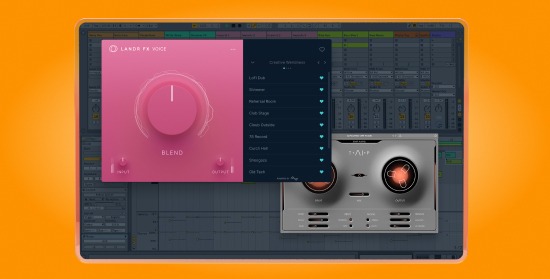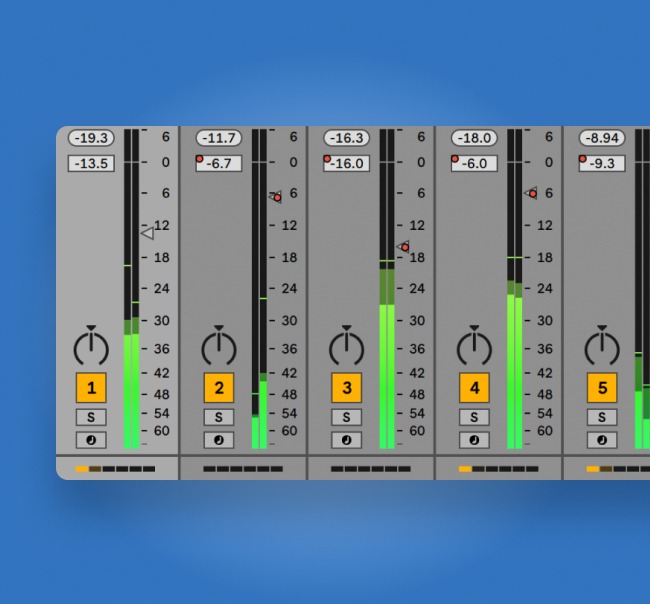How to Use Dynamic EQ for A Better Mix

Everyone knows good EQ is important for mixing music.
Along with compression, EQ is the main tool for blending the tracks in your mix together.
But EQ hasn’t changed very much since the days of the first vintage classics—until now.
Dynamic EQ is a modern mixing tool that blurs the line between frequency and dynamics.
In this article, I’ll explain everything you need to know about dynamic EQ and how best to use it in your sessions.
Let’s get started.
What is dynamic EQ?
Dynamic EQ is a form of equalization processing that combines traditional EQ with elements of dynamics control normally found in compressors or expanders.
Dynamic EQ works similarly to traditional EQ—with a twist. Instead of a fixed gain value for each EQ band, you can cut or boost with different intensity depending on the strength of the incoming signal at those frequencies.
That may sound complicated, but it just means that dynamic EQs automatically adjust how much EQ they apply based on the sound coming in.
EQ basics
If you’re not familiar with the fundamentals of EQ, now is probably a good time to head back and brush up on the basics.
But here’s the quick version. Any EQ you use in mixing is a type of filter. The filter’s characteristics determine how it shapes the sound’s frequency balance.
Each band of EQ is a filter with its own type, slope, Q and gain.
Each band of EQ is a filter with its own type, slope, Q and gain.
Type is overall shape of the filter (bell, shelf, notch, low/high pass) and slope defines the aggressiveness.
Q is short for quality factor and acts like the “bandwidth” of an EQ band. Gain is the intensity of boost or cut you apply with the EQ.
How does dynamic EQ work?
Each band of the traditional EQ I described above has a fixed gain value. But in a dynamic EQ plugin, the gain changes according to the intensity of the input signal.
The way it works is often just like a compressor or expander.
If you’re not familiar with these essential dynamics effects, check out our in-depth guide to get up to speed.
If not, here’s what you need to know to understand dynamic EQ.
When the incoming signal goes above the dB value you set with the threshold control, the dynamics portion of the EQ jumps into action.
When the incoming signal goes above the dB value you set with the threshold control, the dynamics portion of the EQ jumps into action.
If it’s set to behave like a compressor it will begin attenuating the level of the EQ band you’ve selected.
If it’s in expansion mode it will begin boosting the level of the band you’ve selected.
You choose the style of dynamics processing by setting the gain or range value of each band. Positive values are similar to expansion while negative values behave like compression.
Dynamic EQ vs multiband compression
If you’ve been following along closely you may have noticed that dynamic EQ is similar to another hybrid dynamics style—multiband compression.
The two are similar, but there are some key differences that you should consider as you decide when to use each.
Here’s how dynamic EQ and multiband compression are different:
- Multiband compression typically uses steep crossover filters to define distinct areas of the track for processing.
- Dynamic EQ lets you use any filter shape including gentler bell or shelf styles that only affect a small portion of the signal.
- Multiband compression often has more detailed control over the timing characteristics of the compression with attack and release controls
- Dynamic EQ often has more detailed control over the frequency, letting you set slope and Q values to define the correct area.
- Multiband compression is typically used for more dramatic changes such as controlling the low end of an entire mix.
- Dynamic EQ is often used for precision corrections, like a singer becoming too shrill during louder passages.
Where to use dynamic EQ in your mix
Dynamic EQ works well wherever you need an extra layer of control over your sound’s frequency balance.
Dynamic EQ works well wherever you need an extra layer of control over your sound’s frequency balance.
Before you get started with dynamic EQ it’s worth noting that plenty of incredible records were produced before it was commonly available.
Traditional EQ and compression are more than enough for most mixing situations—especially if you’ve gone to the effort to get your sounds right at the source.
However, dynamic EQ can be helpful in situations where you need extremely precise and transparent control or when other tools fall short.
The most common use for dynamic EQ is to attenuate distracting frequencies that only pop out in the louder moments of a performance.
This can happen on any highly dynamic source, but it’s especially common for vocals and acoustic instruments.
Maybe a singer’s voice resonates strangely during only a few words or syllables. You could use compression or automation to reign it in, but the resonance will still be there—just quieter.
On the other hand, EQing the entire vocal to remove it could create a negative effect.
Traditional EQ and compression are more than enough for most mixing situations—especially if you’ve gone to the effort to get your sounds right at the source.
You can use dynamic EQ in situations like this to restrict the attenuation until the offending frequencies are the most distracting.
That’s a powerful paradigm shift in EQ!
Frequency and dynamics
EQ and compression control frequency and dynamics.
Plugin designers will probably never stop creating unique tools to help you dial these essential qualities of your mix.
Now that you know a bit about dynamic EQ, get back to your mix and keep sculpting the frequencies of your tracks.
Gear guides, tips, tutorials, inspiration and more—delivered weekly.
Keep up with the LANDR Blog.
Latest posts

